ISSUE 51: Measuring Environmental Justice Impacts and Opportunities for a Sustainable/Just Energy Transition
Energy companies, investors and governments have made tremendous progress on developing technologies and policies needed to promote the energy transition. But rapid transitions to renewable energy development, smart & efficient power distribution and carbon capture, utilization and sequestration (CCUS) / clean hydrogen development will stall without assurances that this is a just transition. The location of infrastructure needed to make CCUS / clean hydrogen programs work – primarily in disadvantaged communities already hosting industrial development – makes understanding how to manage impacts and opportunities regarding environmental justice and climate justice critical to ensuring sustainable progress.
As a team of professional social scientists working extensively with the energy industry, we’ve been asked a lot lately: “What are we learning about how to measure environmental justice impacts of energy projects – especially around CCUS development?” Fortunately, we’re starting to see some useful guidelines and tools emerge that are helping answer this questions. Here are some examples:
US Department of Energy Clean Hydrogen Hub Program Guidance
Just last week (June 6, 2022), the US Department issued a Notice of Intent to launch an $8bn program to promote Clean Hydrogen Hubs. The Notice of Intent emphasizes that a critical element any development funded under this program will be to ensure early host community engagement and demonstrate equitable benefits for all, “including people of color and others who have been historically underserved, marginalized, and adversely affected by persistent poverty and inequality.” See more here.
EJ Impact Screening – The last 12-18 months have brought us a series of helpful open source screening tools to identify and highlight potential EJ impacts and opportunities in the US. Notable examples are:
– At US Federal level, see US EPA’s EJ Screening Tool
– White House’s Justice 40 Climate and Economic Justice Screening Tool
– State-level tools, including from California and Maryland
Measuring EJ Impact – As we gain experience in using these tools, researchers and practitioners are starting to find solutions to manage and measure the impacts highlighted. Here are two short thought pieces and a more substantial paper that we’ve found helpful:
– 3 things we can do to apply the White House’s Justice 40 screening tool more effective (and justly)
– Thoughts on how to measure EJ cumulative effects
https://www.abtassociates.com/insights/perspectives-blog/measuring-environmental-injustice
– A 2022 paper from a group of Australian scientists on Developing Environmental Justice Indicators provides an excellent overview on measuring and developing indicators for EJ baseline conditions and impacts, including for procedural justice considerations (equitable monitoring/inspections, consultation, and program benefit distribution, for example. (Browne, G.R.; Gunn, L.D.; Davern, M. A Framework for Developing Environmental Justice Indicators. Standards 2022, 2, 90–105. https://doi.org/10.3390/standards201008
Our need for urgent climate solutions has turbo-charged progress on the energy transition technology development and finance. Sustaining this progress will require us to learn to make this a just transition – and that in turn will depend on us understanding and learning to manage environmental justice impacts and opportunities from the deployment of clean energy technology.
News & Notes

Acorn International
1702 Taylor St, Suite 200B
Houston, TX 77007, USA
1213 Purchase St
New Bedford, MA 02740, USA
